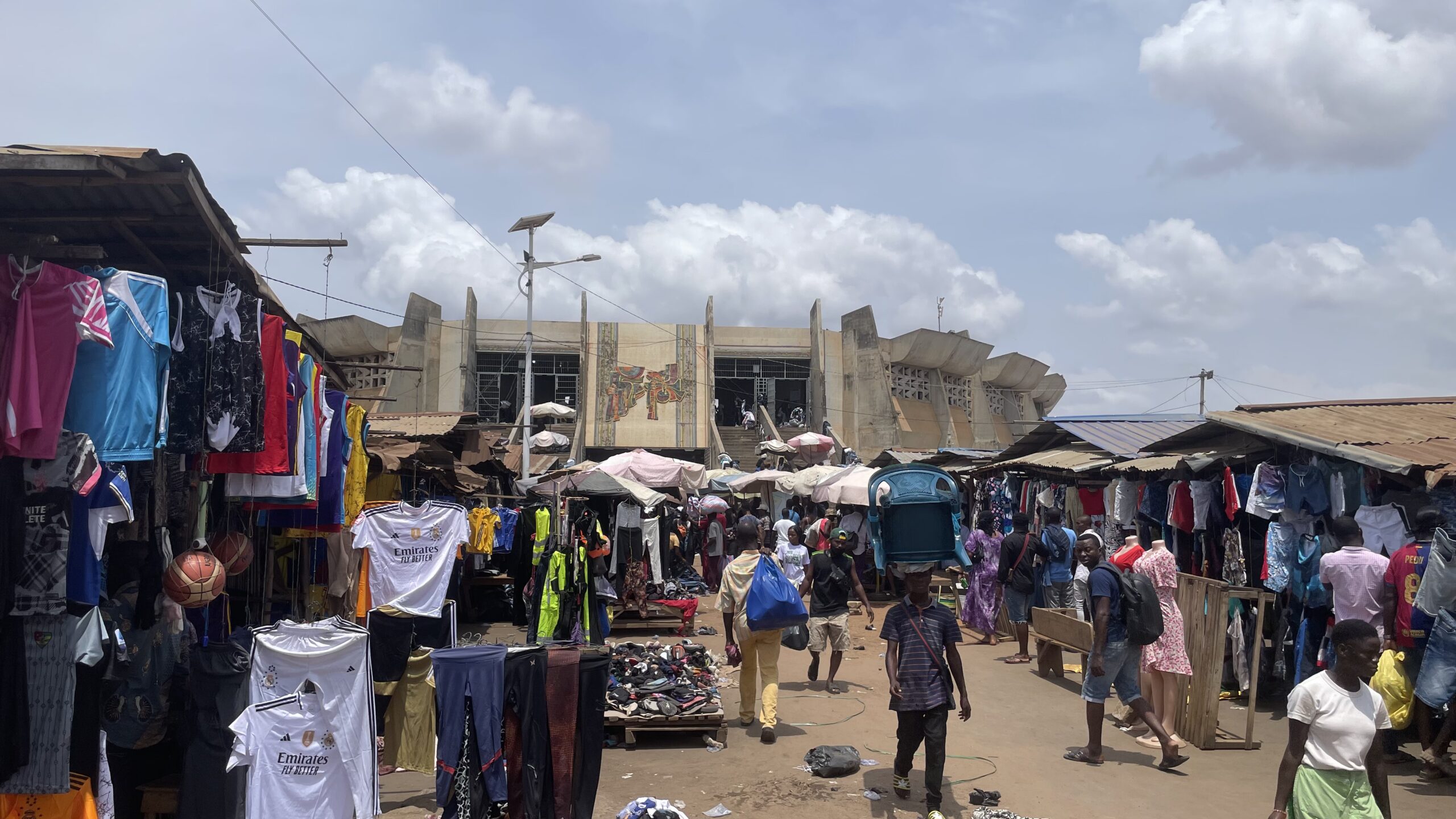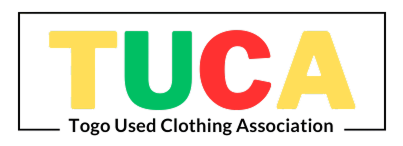Our Story
The second-hand clothing industry in Togo supports over one million people — including importers, wholesalers, retailers, seamstresses, and many others who benefit from the trade.
Founded in 2007, the Togo Used Clothing Association was created to protect and promote the interests of its members and help grow the industry.
At that time, traders were facing many challenges, like unfair rules and lack of support. A group of industry leaders came together to form the Association, giving traders a stronger voice and better protection.
Since then, the Association has worked with the government to ensure fair regulations that support both traders and customers. This helps businesses grow while making sure people still have access to affordable clothing.
The Association has also helped create thousands of jobs, supporting families across Togo. Seamstresses now remake old clothes into new styles, market sellers provide affordable options for customers, and transporters and other workers benefit too.
Our Goals
Promote and Protect the Industry:
Ensure the second-hand clothing sector remains strong, sustainable, and beneficial for all involved — from importers to retailers and other contributors.Support Members’ Growth:
Help members improve their businesses by providing representation, resources, and opportunities to thrive.Boost Job Creation and Economic Development:
Contribute to creating jobs, supporting families, and strengthening local economies through the growth of the industry.Ensure Affordable Clothing for All:
Promote the availability of quality, affordable second-hand clothing for communities across Togo.
The Journey of Second-Hand Clothes in Togo.
It all begins in countries like Australia, Europe, China, and Malaysia, where second-hand clothes are collected, sorted, and packed into large bales. These bales are shipped to Togo, where importers receive them and handle customs. Next, the clothes are sold to wholesalers, who break the bales into smaller batches. Retailers then buy these batches and sell the clothes in local markets, providing affordable fashion to communities. Some clothes are given new life by seamstresses, who skillfully adjust, resize, or redesign them into fresh, stylish outfits. Clothes that are too worn or damaged don’t go to waste — they’re repurposed as rags for cleaning, helping businesses like workshops and mechanics. This process supports millions of people — from the importers and sellers to the seamstresses and customers — keeping the industry alive and thriving.




